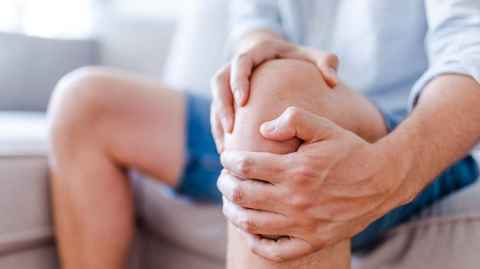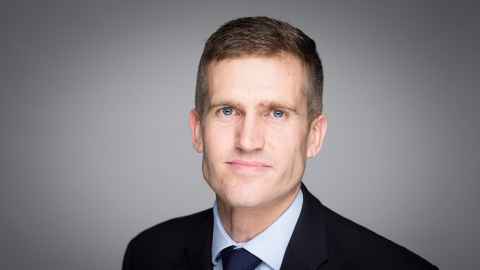How AI is being used to lighten the load on painful knees
26 May 2020
Surgeons are using AI-driven software developed by the Auckland Bioengineering Institute (ABI) to operate on the knees of young patients, and have shown that it could dramatically reduce the recovery time of patients receiving a high-tibial osteotomy.

High-tibial osteotomy (HTO) is a procedure that involves cutting the tibia (shin bone) and then shifting the weight of the leg away from damaged or worn tissue and onto healthier tissue.
It is typically used in people showing early stages of arthritis, who are too young for a joint replacement.
The orthopaedic surgeons use a software platform currently being developed by Formus Labs, a spinout of ABI, which harnesses the expertise and research of the Institute in a cloud-based platform and which allows for patient-specific medical treatments.
The company initially focused on hip and shoulder joints but is also turning its attention to the ‘knee space’.
HTO has a 30-year history but the new software allows for a level of patient-specific precision that makes a huge difference to patient outcomes.
It was used in collaboration with Associate Professor Paul Monk of the ABI, who is an orthopaedic surgeon at Auckland Hospital. “This is a game-changer,” he says.
Our first few patients were back walking independently within a few weeks, whereas this procedure typically requires six weeks on crutches before a patient is able to walk.
“Our first few patients were back walking independently within a few weeks, whereas this procedure typically requires six weeks on crutches before a patient is able to walk.”
The technology draws on years of research done by ABI’s Musculoskeletal Modelling Atlas (MAP) project which, using novel sensing and medical imaging, is developing computational models to explain and predict the form and function of the musculoskeletal system in a way that allows for patient-specific treatment.
“With this planning method we use MRI scans and specific x-rays of the patient and our software is used to create a clear picture of an individual patient’s loading pattern; where the pressure passes through their knee. Based on these signature loading patterns we can then perform virtual osteotomies to identify the optimal correction.
“And then comes the magic; we can 3D-print the patient specific instruments, creating their bespoke opening wedge which we insert into the patient’s leg, and we then apply a fixation plate. The process realigns the leg and takes the weight off the area of worn cartilage, moving it to a better part of the knee, taking the pain away.”
ABI modeling has shown that one degree or one millimetre really makes a difference, and allows for a level of precision that can’t be achieved with the naked eye.
“By taking this sophisticated planning into the pre-operative environment, we can arrive in the operating room with the 3D-printed wedge, make the pre-planned cut in the tibia, insert the wedge, let it settle to the corrected position, put the plate on and then we’re done. The combination of high level computational planning of wedge geometry and more reliable implantation techniques appears to be making a huge difference these patients.”
The company hope this technology could revolutionise the knees and lives of young people with early stages of arthritis. Being involved in this level of innovation and is one of the best things about working and researching in New Zealand, adds Dr Monk.
“I trained in Oxford, where I was a clinician and a scientist. In New Zealand we have much less red tape, which allows for a level of innovation that wouldn’t be possible in North America or Northern Europe.
“In terms of design, innovation and evaluation in the area of orthopaedics, there’s nowhere better in the world to be than in New Zealand."

Media contact
Margo White I Media adviser
DDI 09 923 5504
Mob 021 926 408
Email margo.white@auckland.ac.nz